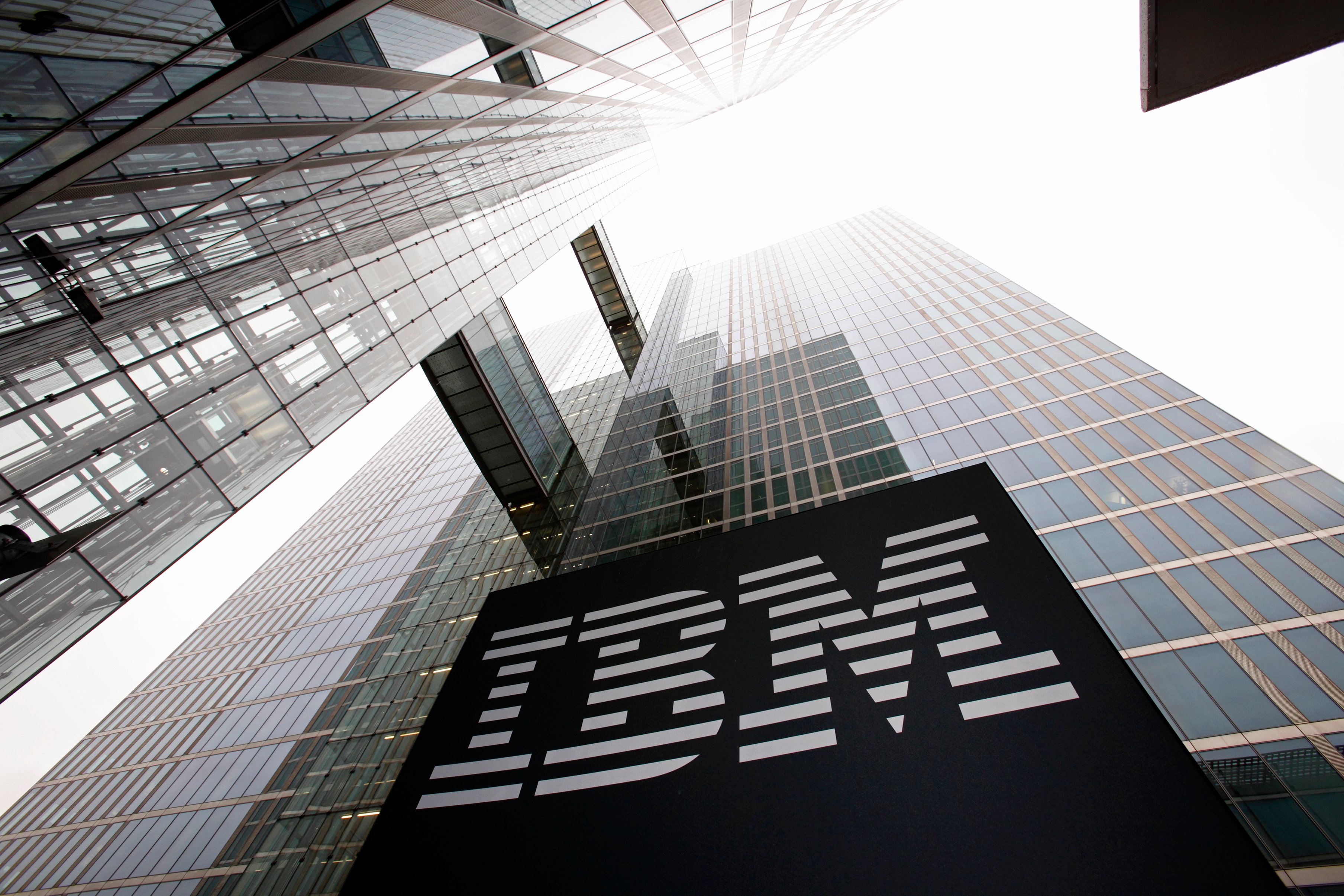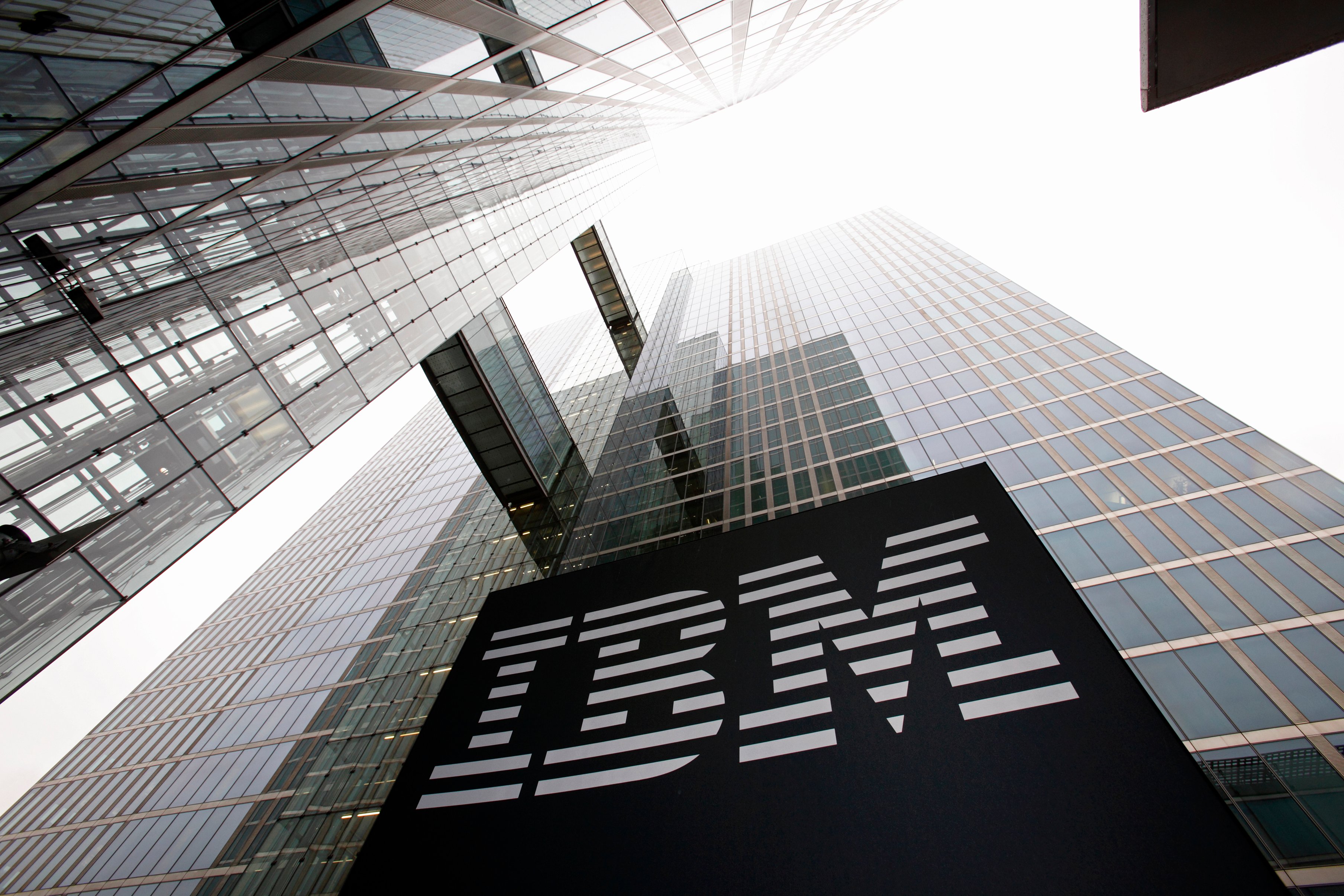Linux vendor and open-source software specialist Red Hat (RHT +0.00%) reported its fiscal first-quarter 2019 results Thursday afternoon, and beat Wall Street's estimates across the board. The company recorded 20% revenue growth, 50% higher net profits, and increased its full-year earnings guidance by 2% -- but the stock still closed 14% lower Friday as analysts rushed to find chinks in Red Hat's armor.
Red Hat's fiscal Q1 2019 by the numbers
|
Metric |
Q1 Fiscal 2019 |
Q1 Fiscal 2018 |
Year-Over-Year Change |
|---|---|---|---|
|
Revenue |
$813.5 million |
$676.8 million |
20% |
|
GAAP Net Income |
$113.2 million |
$75.3 million |
50% |
|
Adjusted (Non-GAAP) Earnings per Diluted Share |
$0.72 |
$0.58 |
24% |
Data source: Red Hat.
The results for the period, which ended May 31, were above the high end of management's guidance range, and also ahead of the final consensus view among analysts. Red Hat adjusted its full-year revenue guidance from approximately $3.44 billion to $3.39 billion, citing currency-exchange headwinds. The fiscal 2019 adjusted earnings target was raised from $3.40 to $3.46 per diluted share.
So Red Hat beat the Street and raised the all-important earnings target for fiscal 2019, but the stock still took a 12% haircut due to modest revenue guidance and a slight dip in its Q2 guidance figures.

Jim Whitehurst, Red Hat CEO. Image source: Red Hat.
Different assumptions, different results
In a phone interview with yours truly, Red Hat CEO Jim Whitehurst noted that analysts' views have to be built around seasonal trends and other public data in a "top-down" manner, while the company's own management can construct a "bottom-up" guidance model based on the actual inner workings of the business.
"There is clearly a disconnect there in Q2, where they are higher than us, and in Q3/Q4 where they are lower than us," Whitehurst said. "I'm sure Eric [Shander, Red Hat's CFO,] is spending the evening talking to a lot of analysts about that."
The two calculation approaches arrived at different short-term estimates, and some analysts found the discrepancies disappointing. This is not the first time Red Hat posted modest next-quarter guidance, and the company has tended to come back from the resulting share-price drops without losing a step in the longer race.
The upshot: You might want to buy Red Hat right now
At this point, Red Hat are up 47% over the last year, and they've tripled over the past five, absolutely smashing the S&P 500 market barometer on both counts. If Red Hat's stock looked expensive on Thursday, the selloff looks like a wide-open invitation to start a position.
This stock never looks cheap from a price-to-earnings or price-to-sales perspective, not even after a sharp drop like the one on Friday. But the stock carries a cash flow-based valuation roughly on par with head-to-head rival Microsoft, and it's been a while since Redmond could flash growth figures that parallel Red Hat's current trends.
The Linux veteran is going places, and fast.






